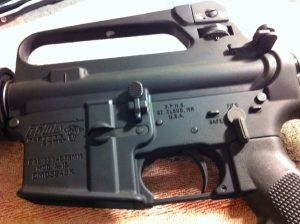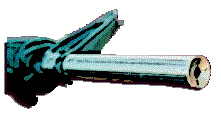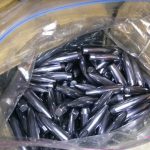This project started as a DPMS National Match Service Rifle upper with a 1-8 NM barrel. I completely rebuilt the upper and converted the National Match float tube over to Magpul furniture.
The DPMS National Match rifle.
Here we start the conversion.
Float tube goes under the hand guard.
Shown here next to my Derrick Martin National Match.

![AR-15 NM Service Rifle Magpul Conversion This project started as a DPMS National Match Service Rifle upper with a 1-8 NM barrel. I completely rebuilt the upper and converted the National Match float tube over to […]](https://theurbanrifleman.com/wp-content/uploads/2014/05/CAM00529-620x300.jpg)
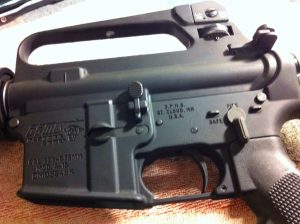
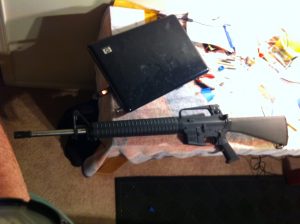
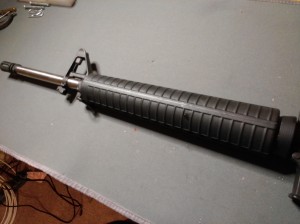
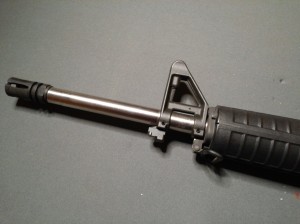
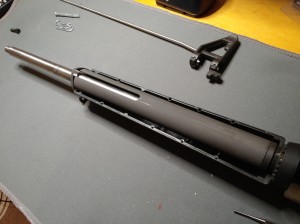
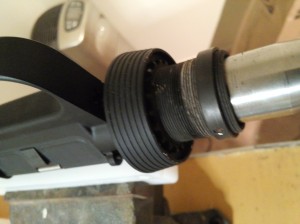
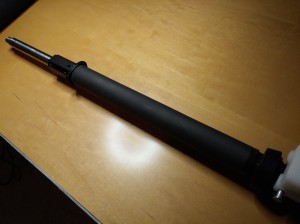
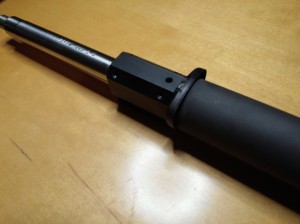
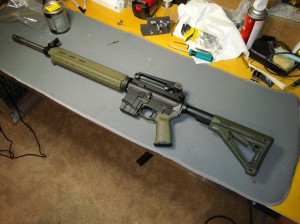
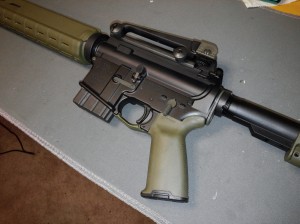
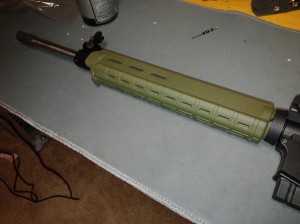
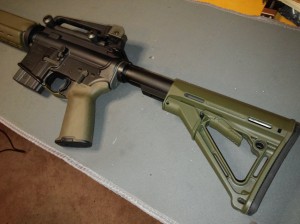
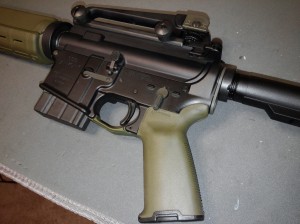
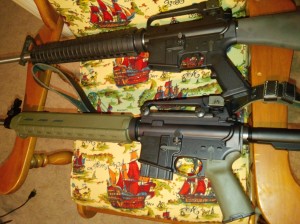
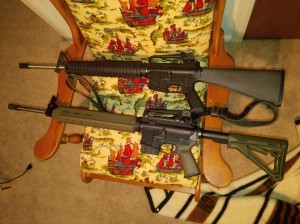
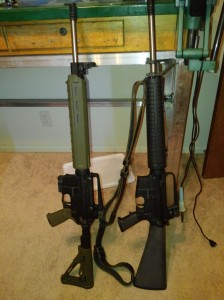
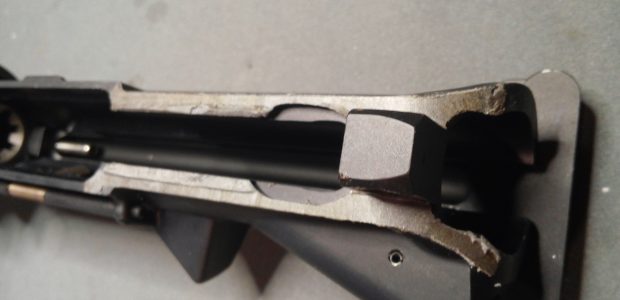
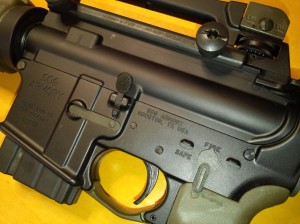
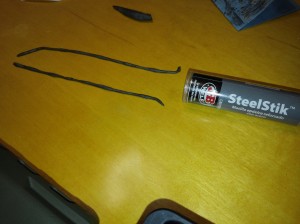
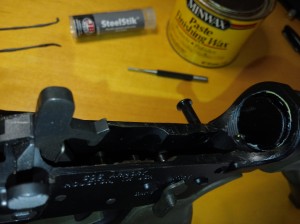
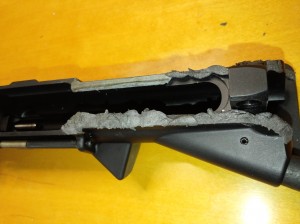
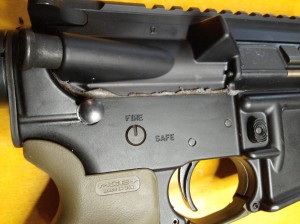
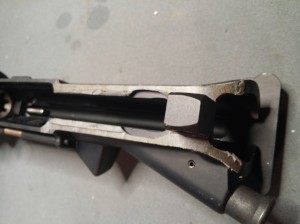
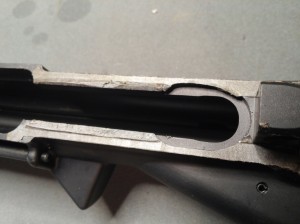
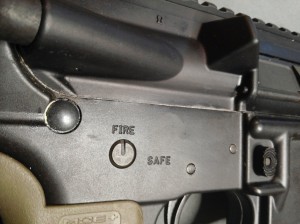
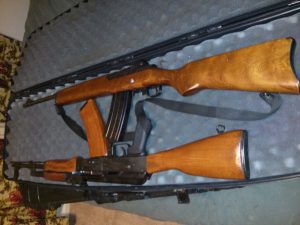
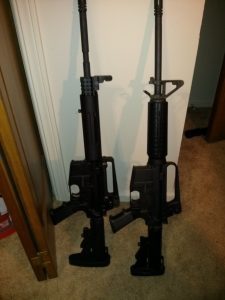
![On Teaching and Shooting… A lot of the information available to the beginning shooter is very similar to the information available to the beginning golfer. A lot of time is spent dissecting the sport […]](https://theurbanrifleman.com/wp-content/uploads/2013/04/IMG_14451-620x300.jpg)
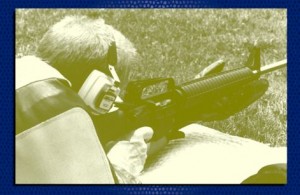
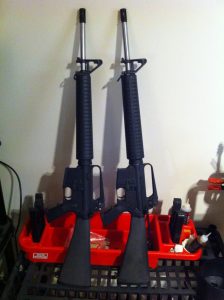
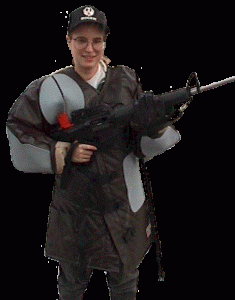
![The Frankengun AR-15 I just finished this AR-15 the other night. It is literally made out of parts from gleaned from Craiglist, parts I traded for on the shooting forums, hand me downs […]](https://theurbanrifleman.com/wp-content/uploads/2013/04/CAM00363-620x300.jpg)
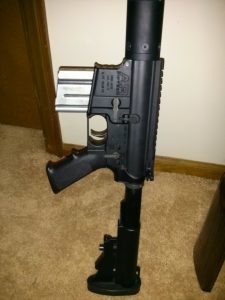
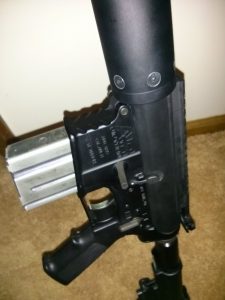
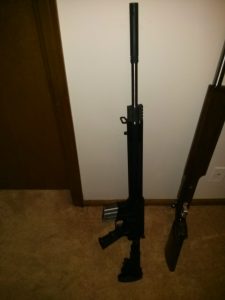
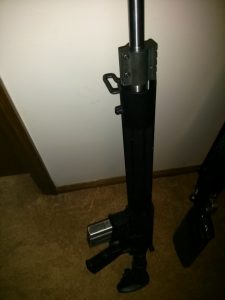
![AR-15 Service Rifle (1999) What makes a “DCM gun” a “DCM gun”? There are a few basic principles to building one of these rifles that are basically the same, whomever you might be dealing […]](https://theurbanrifleman.com/wp-content/uploads/2013/04/4.gif)
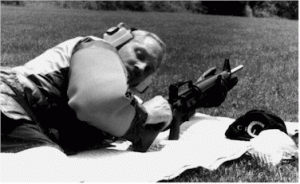
![AR-15 Match Rifle vs. Service Rifle (1999) I think I should explain what a “match rifle” is compared to a “service rifle”. I started out the year (1999) under the mistaken impression that Highpower Rifle Competition was […]](https://theurbanrifleman.com/wp-content/uploads/2013/04/5-459x300.gif)
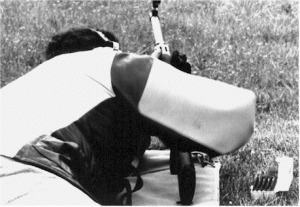
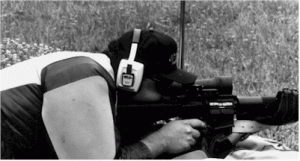
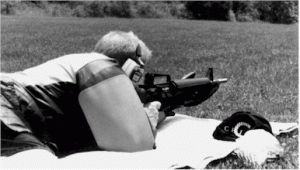
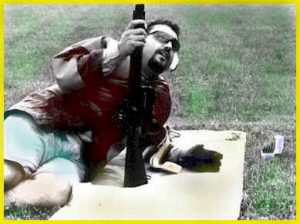
![AR-15 Match Rifle (written in 1999) Red Gun AR-15 Match Rifle You will need the following to get started. 1. (1) 24” 1-8” twist bull barrel AR15 from a reputable manufacturer. Here are a few examples. […]](https://theurbanrifleman.com/wp-content/uploads/2013/04/IMG_1450-620x300.jpg)
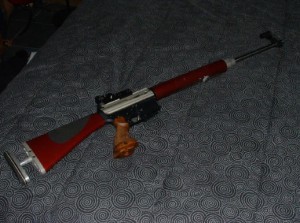
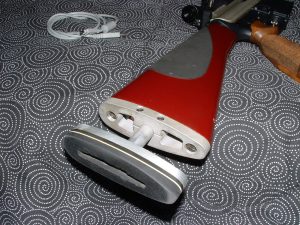
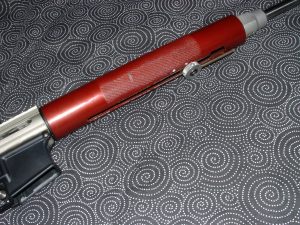
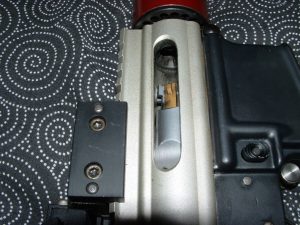
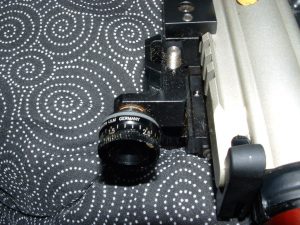
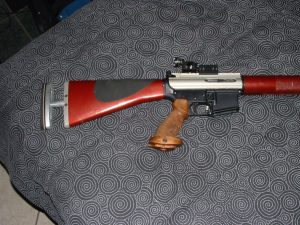
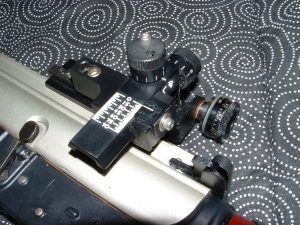
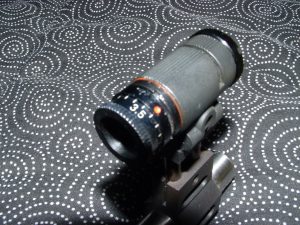
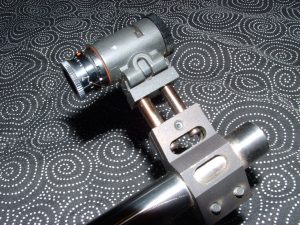
![The Two-Stage AR-15 Trigger (1999) My direct experience, so far, is with the Armalite NM, Kreiger-Milazzo, JP Enterprises, and the Compass Lake. All of these triggers are touted as two-stage triggers except for the JP, […]](https://theurbanrifleman.com/wp-content/uploads/2013/04/CAM00339-620x300.jpg)
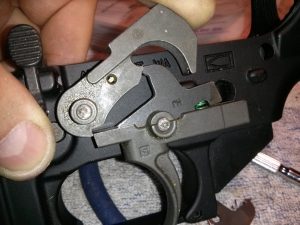
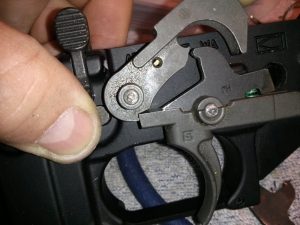
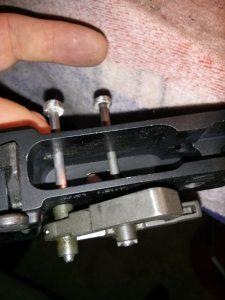
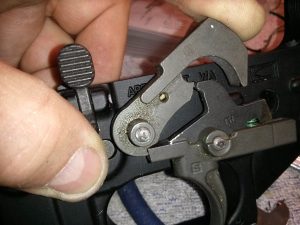
![The Single Stage AR-15 Trigger (1999) The king of the AR-15 single stage is JP Enterprises. Others do exist, like the Derrick Martin, which is supposed to be quite good, but the JP can be purchased […]](https://theurbanrifleman.com/wp-content/uploads/2013/04/IMG_20691-620x300.jpg)
